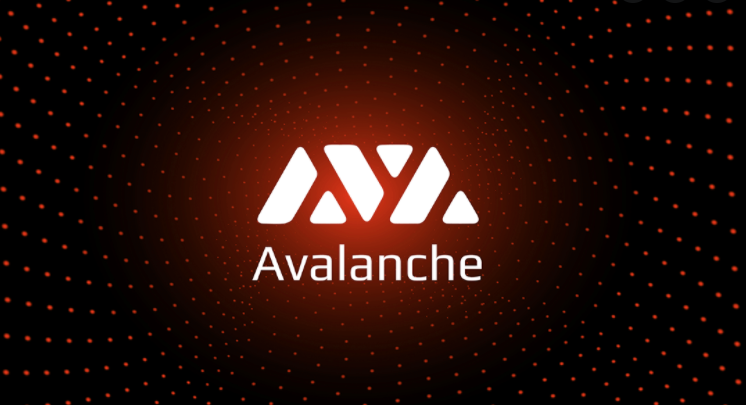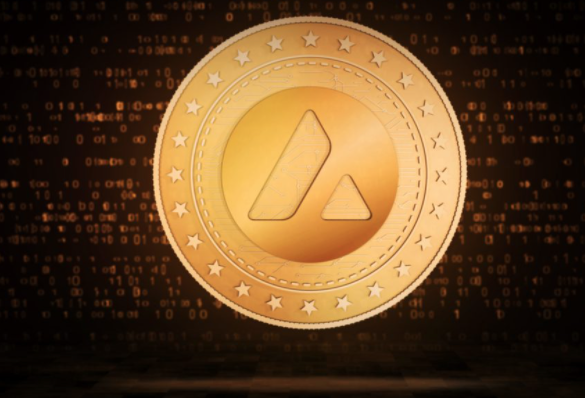Avalanche is a smart contract blockchain platform, similar to Ethereum. It has increased over 3000% over the last year to become the 9th biggest cryptocurrency with a market capitalization of $25,682,330,248. The value of Avalanche has increased most among the top 10 largest digital currencies at 19%. Solana comes at a distant second at 0.45% growth.
About Avalanche
The Avalanche was launched in 2020 and is among the leading cryptos in finality and the number of validators. Despite the fact that the Avalanche price has increased so rapidly in recent months, the latest Avalanche price projections now actually expect a small decrease in price in the upcoming months.
AVAX supports smart contracts, Decentralized apps, and custom blockchains (Subnets). Subnets are private or public blockchains that are offshoots of the main Avalanche platform. They are secure, reliable, and powerful custom blockchains that developers have complete control over. Subnets are likely to be the main use case of Avalanche.
Avalanche is deflationary. This means gas fees are sent to an inaccessible wallet to promote scarcity of the native coin, AVAX. The blockchain network has removed about 375 000 coins worth about $35 million from circulation.
How Avalanche is Competing with Ethereum
Avalanche is on a faster growth trajectory compared to Ethereum. While Avalanches has grown over 30 times in the past year, Ethereum growth is ten times over a similar period. Avalanche value proliferated after a partnership with Deloitte consultancy firm to enhance the accuracy, speed, and security of the Federal Emergency Management Agency (FEMA) funding. Deloitte plans to build an efficient disaster relief on the Avalanche blockchain.
The partnership coincides with developers’ gradual shift out of the Ethereum platform due to high gas fees. Ethereum gas fees have increased to around $51 per transaction representing a 2300% increase since June. This is because there are more transactions than the network can handle. The transactions are processed depending on who pays the highest fee, pushing the gas fees high.
Avalanche has proved a great alternative to users looking for low fees. In addition, it boasts high scalability, low cost, and faster transactions.
Comparison: Avalanche Vs Ethereum
Use Cases
Both blockchains are primarily used to develop decentralized finance (Defi) apps for decentralized exchange (DEX), stablecoins, and peer-to-peer lending. A decentralized exchange is a platform that enables crypto investors to exchange and trade cryptocurrencies. While most Defi apps are built on Ethereum applications, developers are adopting Avalanche as the blockchain of choice for developing the applications. An example of the Avalanche-based DEX is Trader Joe.
Both Support Smart Contracts: Both Ethereum and Avalanche allow anyone to create and upload a smart contract on the blockchains, which go a long way in enhancing the utility of the blockchain and automating tasks. A smart contract is a program code that automatically completes a task when certain conditions are met. Faster transactions at lower cost give Avalanche a competitive advantage over other blockchains.
Peer to Peer Payment: Avalanche has the upper hand in peer-to-peer payment due to its fast processing speed and low transaction costs.
Stablecoins: Both platforms can be used to create stable coins. Stablecoins are cryptocurrencies tied to underlying assets such as the US dollar and Gold.
Speed: Avalanches are far much faster than Ethereum. It processes over 45000 transactions per second while Ethereum has a speed of 13 transactions per second.
Mining Model
Ethereum uses the Proof of Work (POW) model to add coins into its blockchain network. POW involves computers competing to solve complex math problems. The winner is allowed to verify transactions and receive ETH block rewards upon successful verification.
The downside of the POW model is high energy consumption and lack of scalability. Ethereum blockchain uses 91TW power which is more than the total annual energy consumption of the Philippines. It is worth noting that Ethereum is set for a 2.0 upgrade that introduces PoS, hence faster and cheaper transactions.
Avalanche, on the other hand, uses proof of stake. This model allows Avalanche holders to earn block rewards from their investment. Essentially, stakers help verify transactions in the networks. This model gives the network more control over stakers investment. In other words, the network can punish stakers who engage in fraudulent activities. Validators required 2000 AVAX while delegators require 25 AVAX to stake and receive rewards.
The lower costs and fast processing speed in the Avalanche blockchain network help combat the two problems experienced by the Ethereum consensus blockchain.
Avalanche Future Plans
While Ethereum is on the verge of an update, Avalanche is not left behind in enhancing its future. The cryptocurrency has set aside a $200 million fund to strengthen its Defi ecosystem, which will boost its utility. It has also raised $230 million funding from investors, including Singapore-based hedge fund Three Arrows Capital and US-based venture capital Polychain.
Grayscale, a big name in the crypto space fund managers, is integrating Avalanche into its crypto product. This means that it will avail the crypto to investors, boosting its demand, adoption, and ultimately its value.
Some users are already leaving Ethereum. For example, Zhu Su, CEO of Three Arrows Capital, announced that she was abandoning Ethereum after supporting the digital currency for years.
Final Words
All-purpose blockchains have high growth potential. However, it is difficult to single out which crypto will outgrow the rest. Moreover, it is essential to understand that digital currencies are susceptible to large price swings. For this reason, you only invest money you can afford to lose.
Ethereum has a competitive advantage and popularity, being the second-largest cryptocurrency. However, do not rule out the possibility of Avalanche taking its place.










